#electric trolley
Text
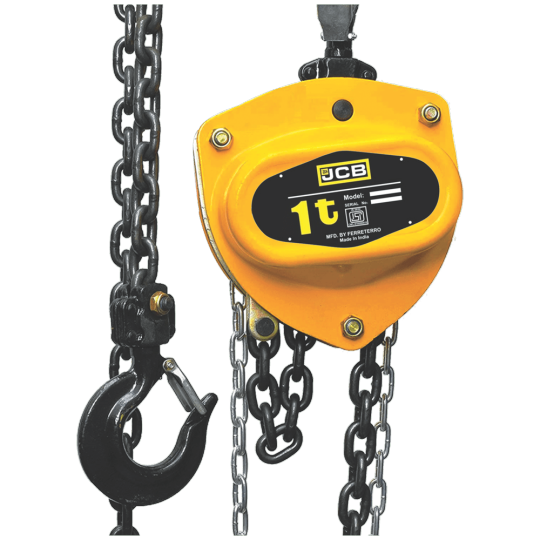
When it comes to heavy machinery and construction equipment, few names resonate as strongly as JCB. Renowned for their innovation and reliability, #JCB LiftTech have revolutionized the construction industry, enabling efficient lifting and manoeuvring of heavy loads across various job sites. At the heart of these impressive machines lies a crucial component: the Chain Pulley Block. In this blog, we delve into the intricacies of this technology, exploring its design, functionality, and the pivotal role it plays in powering #JCBLiftTech .
Read More Info: https://jcblifttech.com/chain-pulley-block-effortless-power-seamless-control/
#JCBLiftTech#CHAIN PULLEY BLOCK#RATCHET LEVER HOIST#ELECTRIC CHAIN HOIST#ELECTRIC TROLLEY#MANUAL TROLLEY#BEAM CLAMP#PULLING & LIFTING MACHINE#RATCHET LASHING#TOW STRAP#FORKLIFT PROTECTOR
2 notes
·
View notes
Photo

(via GIPHY)
#giphy#man#wall#tunnel#engineer#typewriter#locomotive#clack#archway#engine driver#typewriter underground#electric trolley#happy typewriter underground day
0 notes
Text

The Chambers Street trolley was powered by expensive conduit electric current under the roadway because the typical overhead wires were forbidden in Manhattan. In the 1920s, most lines were replaced with electrically-powered subways and buses with internal combustion engines. Will electric mass transportation make a comeback?
Photo: Everett Collection/Alamy
#vintage New York#1920s#trolley#trollies#electric vehicles#electric trollies#vintage NYC#mass transport#mass transportation
81 notes
·
View notes
Text
I love when I find something that makes my life just that little bit better. To an abled/able bodied person it may seem like nothing, just a random gadget or even laziness. But for me it just made every day of my life a little (or a lot) easier, solved a problem I've had to live with my whole life up to this point. Maybe they weren't intentionally made with this purpose in mind sometimes, but I love them nonetheless.
#disability#actually disabled#physical disability#cripple punk#cripplepunk#Fuck capitalism and consumerism but I deserve to live my life as easily as an abled person or as close as possible#Most of it is second hand from charity shops anyway#this is a dining trolley appreciation post#and an electric hot water bottle appreciation post
11 notes
·
View notes
Text

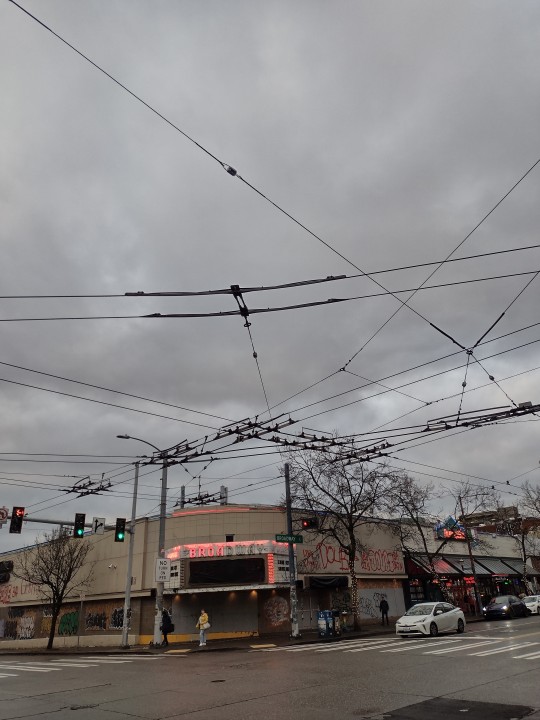

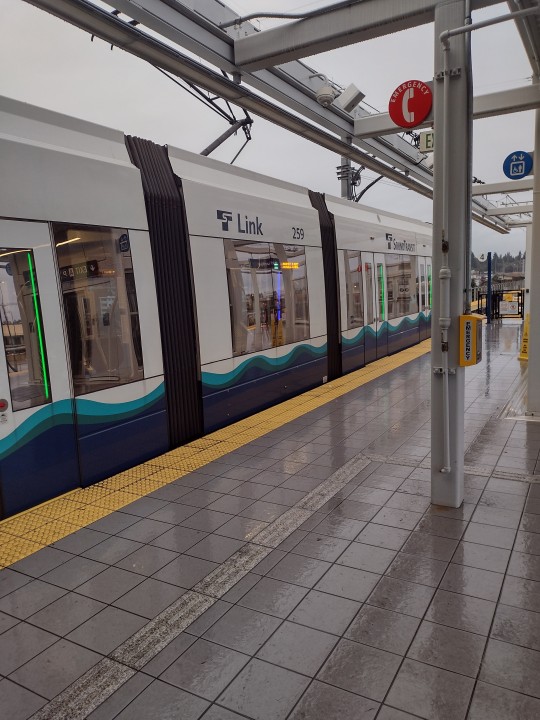

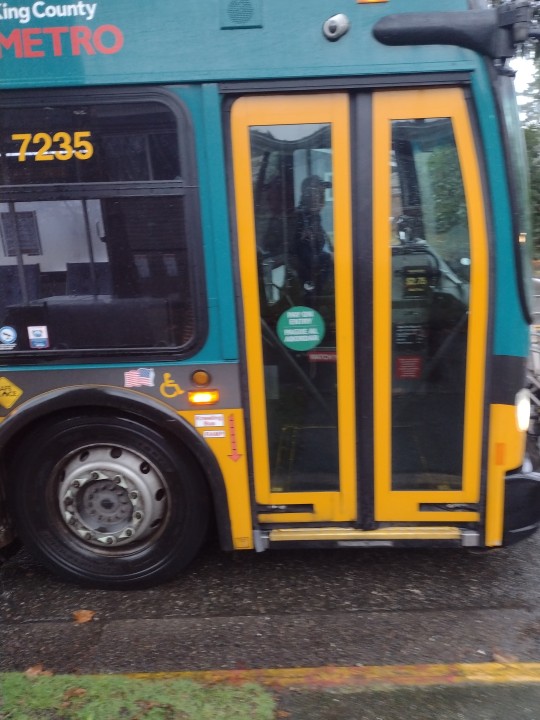

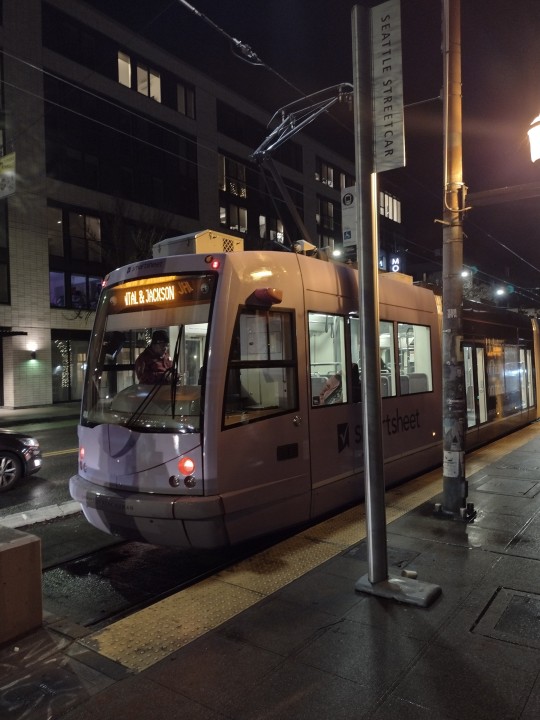
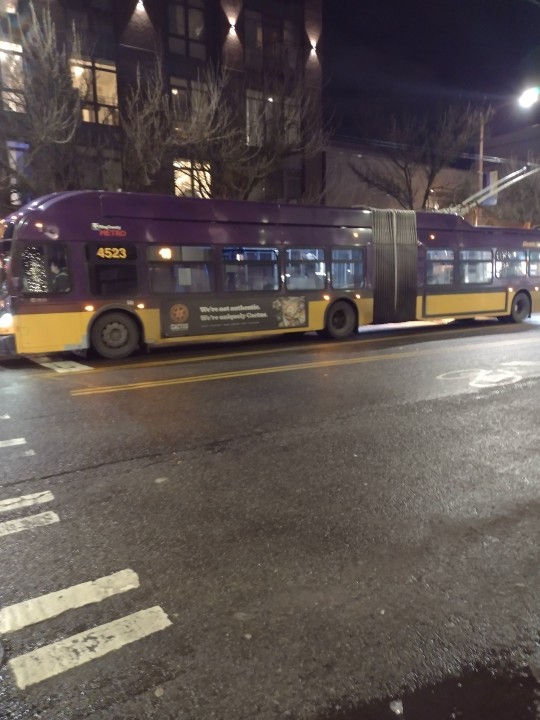
Transit photos
#trainposting#trolley bus#trolleyposting#king county metro#electric traction#public transit#sound transit#seattle public transit#public transportation#bus#streetcars
18 notes
·
View notes
Text

Muni streetcar 1061, painted in the red car livery of Pacific Electric.
27 notes
·
View notes
Photo
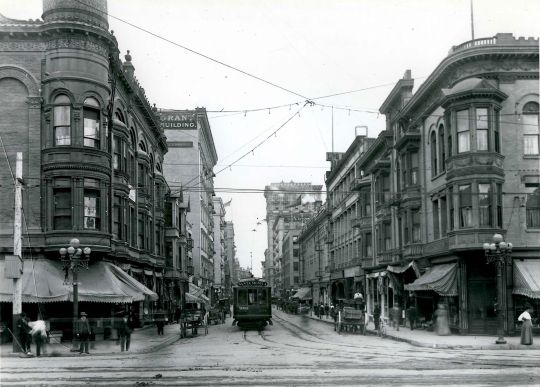
In this January 1902 view taken from Hill Street looking east down West 4th Street, Los Angeles & Pacific Railway car 234 departs for Santa Monica.
#vintage#1900s#street car#turn of the century#LA#street scene#California#Pacific Electric Railway#streetcar#trolley#train
55 notes
·
View notes
Text
And on the very first day they got confused and stopped traffic.
#robotaxis#what we want are BUSES#electric BUSES#trolleys#anyway public transit#it is a dumb train at the moment#a dumb train at an intersection
7 notes
·
View notes
Text
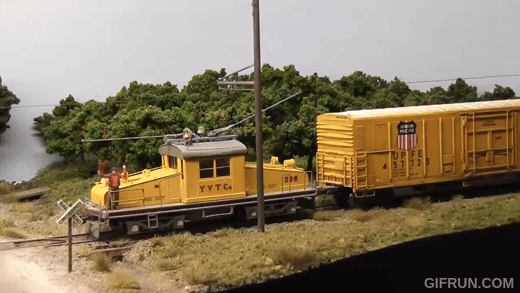
Poles, as opposed to pantographs, were by far the most popular means of current collection for interurban lines in North America. The pick-up is held against the live overhead wire with about 28 points of pressure applied through a spring-load3d trolley base mounted on the roof. (This is why they are called "trolley cars" -- much to the amusement of the Brits 🛒). 2-rail DCC in HO scale may or may not have a live overhead, but getting the pole on the wire is one of the most fiddly bits of model railroading ever...

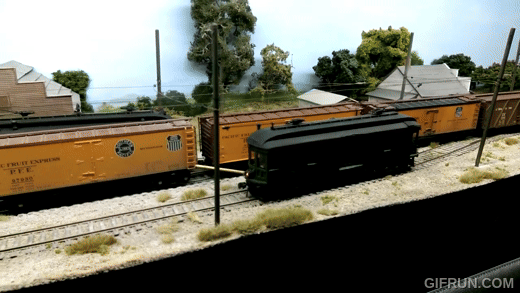
"Poling" is something else entirely, where freight cars are shunted ...with a pole! One end of the thick pole is seated in a cast iron "poling pocket" on what the Brits might call the buffer beam of the locomotive and used to push against the same poling pocket hardware located on any corner of every freight car. Tight radius, incompatible couplers, adjacent tracks -- all problems that poling solved. Obviously not OSHA compliant, but it was railroading!
Andy Gautrey has done a bangup job of modeling North American traction -- Yakima Valley Transportation Company's General Electric interurban steeplecab freight motor and other very typical equipment and operations that were archetypal of electric lines, especially those that engaged in a large amount of interchange freight business.

youtube
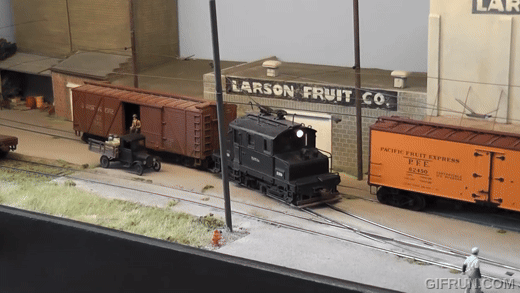
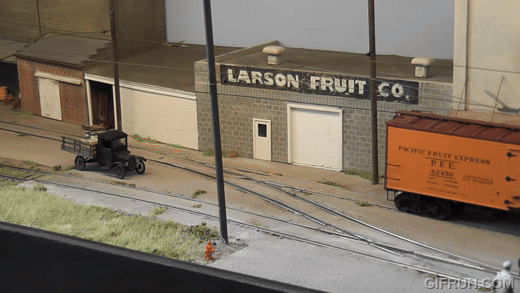
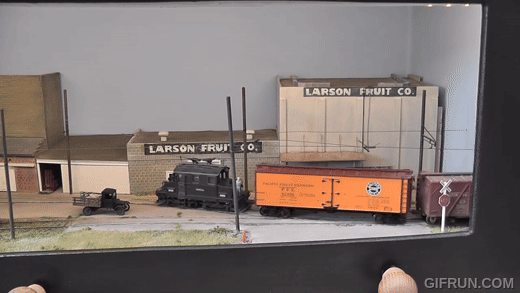

More vids on Andy's channel -- seems he's moved on so look for oldest vids…
#ho scale#interurban#traction#steeplecab#trolley problem#trolley line#train gifs#youtube#yakima valley#electric railway#couplers#catcher/retriever mechanism#trolley pole#micro layout#train layout#model railroad#trolley wire#overhead#Andy Gautrey
6 notes
·
View notes
Text
Broke: electric battery cars, busses, trucks, and trains, that use volatile and unrenewable batteries that wear down and expire. Mass transit is sidelined in favor of everyone owning an EV, roads are just as awful and sprawling as ever.
Woke: Trolleys. Interurbans. Lightrail. Doodlebugs. Passenger trains. Local freight. High speed express routes. All powered by overhead catenary electric lines, fed by fast burning Thorium nuclear reactors.
Fact: at one point, a determined traveler could step onto an interurban train in Maine and travel all the way to Chicago. There is no reason, except the greed of fuel and automobile manufacturers, that this system had to be removed. And yet there is only one such system left! The South Shore is the last of these original routes left, serving from North Chicago to South Bend. There are of course commuter lines, in major cities, but these are on the decline as well, through neglect and removal of funding. We NEED to connect communities, businesses, and the very nation with rail travel again, and electric is the way to go. Just not with batteries! So easily we forget overhead electric lines.
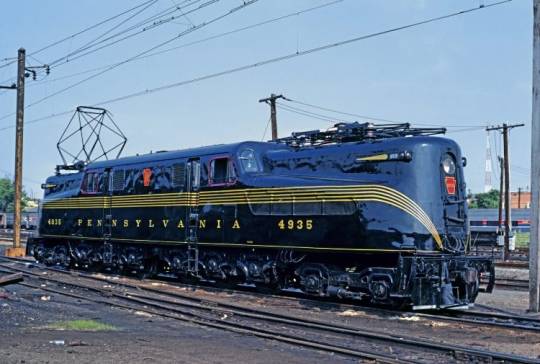
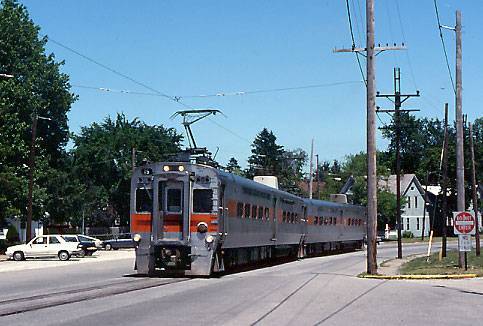
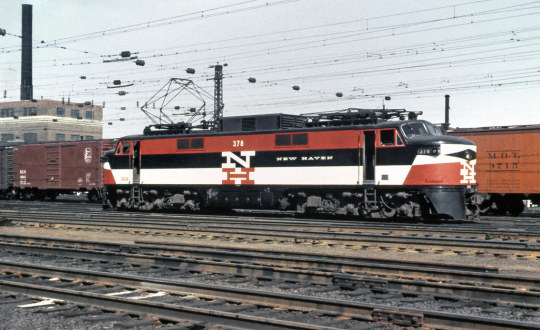

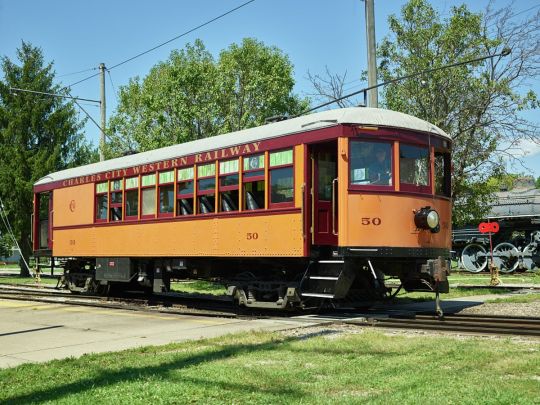
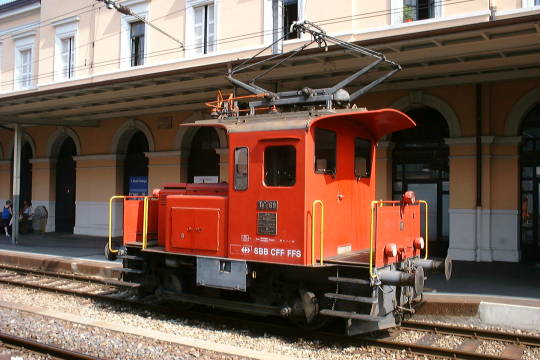
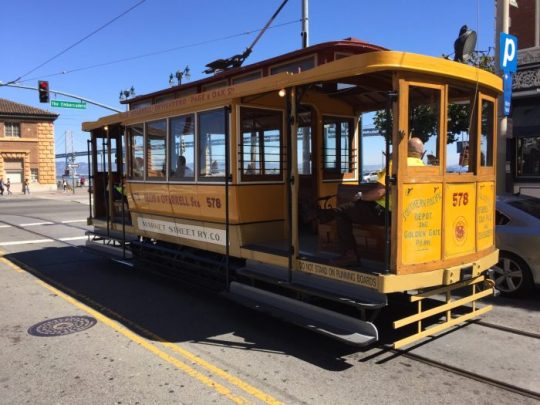
#trains#train#rail#railway#railroad#track#tracks#vintage#battery#EV#electric vehicle#interurban#chicago#Chicagoland#south bend#South Shore#Trolley#GG1#Electric Railway#Business#Connection#Modern#Passenger#Passenger Service#Transit#Transport#Commuter#Commuter lines#commuter rail#light rail
20 notes
·
View notes
Text
Missing Seattle this week - I was born around there, and only get to visit every few years at best - and I REALLY wish I could find some paintings of it that aren’t a) The Space Needle, b) Pike Place Market, c) the city skyline
I Love Our Big Pointy Needle but please.... paint one (1) other thing....
#ideally would love some paintings of more intimate and human moments in seattle#and edmonds#like I miss all the electric rails/wires hung up for the trolleys#the cacophony of seagulls & crows & mourning doves that really just cements the seattle soundscape#the humidity & warmth of the clouds holding you like a blanket#the beautiful stupid fog that hangs over everything on certain days (most days)#the absolutely frigid cold that holds over from the morning when it gets sunny out#and keeps you wide awake through the day#the soft streetlights in the warm rain on the way to bookstores on aurora street#every night I ever slept there was the best sleep I'd ever had because of the sound and temperature#it's just not the same over here
3 notes
·
View notes
Text
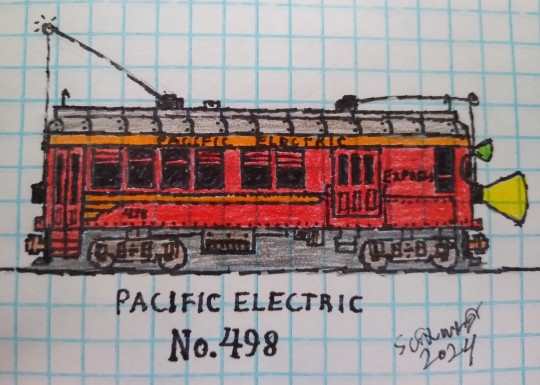
Pacific Electric "Blimp" No. 498
(Note: This is not 100% accurate)
1 note
·
View note
Text
Electric City Trolley Station and Museum
This week, our Off Campus Art News blogger, writes about her recent trip to the “Electric City Trolley Station and Museum”. She shares photos and different things that she did at the museum. This is also Ellies farewell post. Thank you, Ellie!
#Marywood
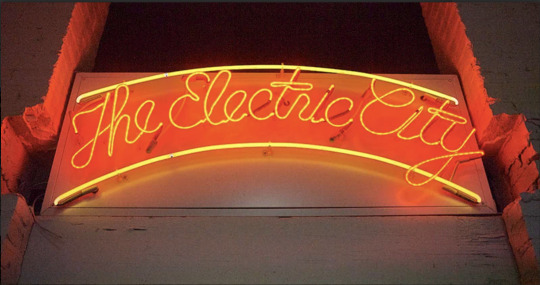
View On WordPress
#Art#Electric City#History#inspiration#Marywood Art#Marywood Art Department#Marywood University#Marywood University Art Department#Photography#Scranton#Trains#Trolley Museum#Where Creativity Works
0 notes
Text
"Indulge in Tranquility: The Ultimate Guide to High-Quality Facial Massage Aromatherapy Beds"

In today's fast-paced world, finding moments of relaxation and rejuvenation is essential for overall well-being. A remarkable addition to your self-care routine is the high-quality facial massage aromatherapy bed. This luxurious piece of furniture is designed to elevate your spa experience at home, providing a haven for unwinding and enhancing your skin's radiance.
Crafted with precision and comfort in mind, these beds boast advanced features that make them stand out in the realm of wellness. The ergonomic design ensures optimal positioning for facial massages, promoting relaxation of facial muscles and alleviating tension. The bed's plush padding and high-quality upholstery create a comfortable cocoon, inviting you to sink into tranquility.
What sets these beds apart is their integration of aromatherapy elements. Specially designed openings disperse calming essential oils, creating a sensory oasis that enhances the overall experience. Imagine the soothing scent of lavender or eucalyptus enveloping you as skilled hands work magic on your skin.
Whether you're a spa enthusiast or a professional esthetician, investing in a high-quality facial massage aromatherapy bed is a game-changer. It not only transforms your space into a personal retreat but also elevates your skincare routine to new heights.
Incorporating this luxurious bed into your lifestyle is a testament to prioritizing self-care. Embrace the synergy of facial massage and aromatherapy, and let the stresses of the day melt away as you indulge in the opulence of a high-quality facial massage aromatherapy bed. Your skin will thank you, and your well-being will be forever transformed.
#Hairdressing Trolleys Beauty Salon Tools Cart#Electric Physiotherapy Treatment Tables Hospital Beds#Barber shop wet makeup mirror styling station shampoo cabinets#Hair Salon Reception Desks Spa Front Counters#High quality facial massage aromatherapy bed
0 notes
Text
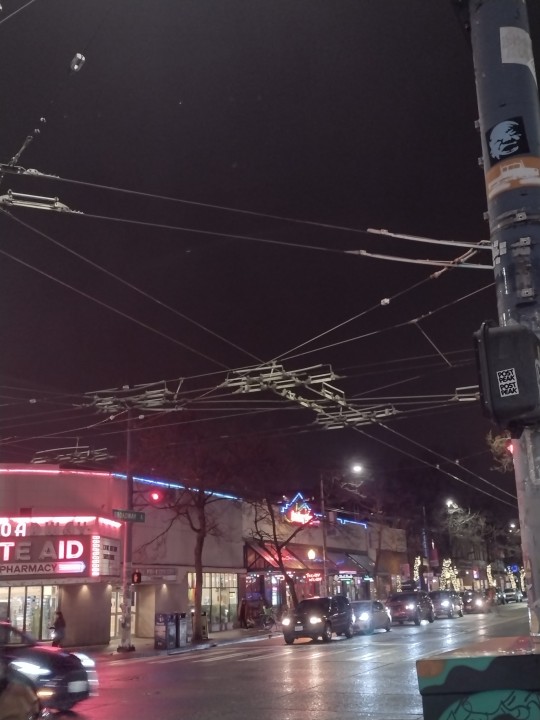



Pictures and Videos from today
#trainposting#trolley bus#trolleyposting#king county metro#electric traction#public transit#link light rail#sound transit#seattle public transit
18 notes
·
View notes
Text
So it seemed, given the material benefits – electric lights, trolleys, and machinery; phonographs, cinema, and radio; dyestuffs, fertilizers, and gasoline; anesthesia, medicines, and diagnostic X rays – that science had conferred upon the Anglo-American world since the late nineteenth century.
"In the Name of Eugenics: Genetics and the Uses of Human Heredity" - Daniel J. Kevles
#book quote#in the name of eugenics#daniel j kevles#nonfiction#material benefits#electric light#trolley#tram#machinery#phonograph#cinema#radio#dyestuff#fertilizer#gasoline#anesthesia#anaesthesia#medicine#x rays#science#anglo american#19th century
0 notes